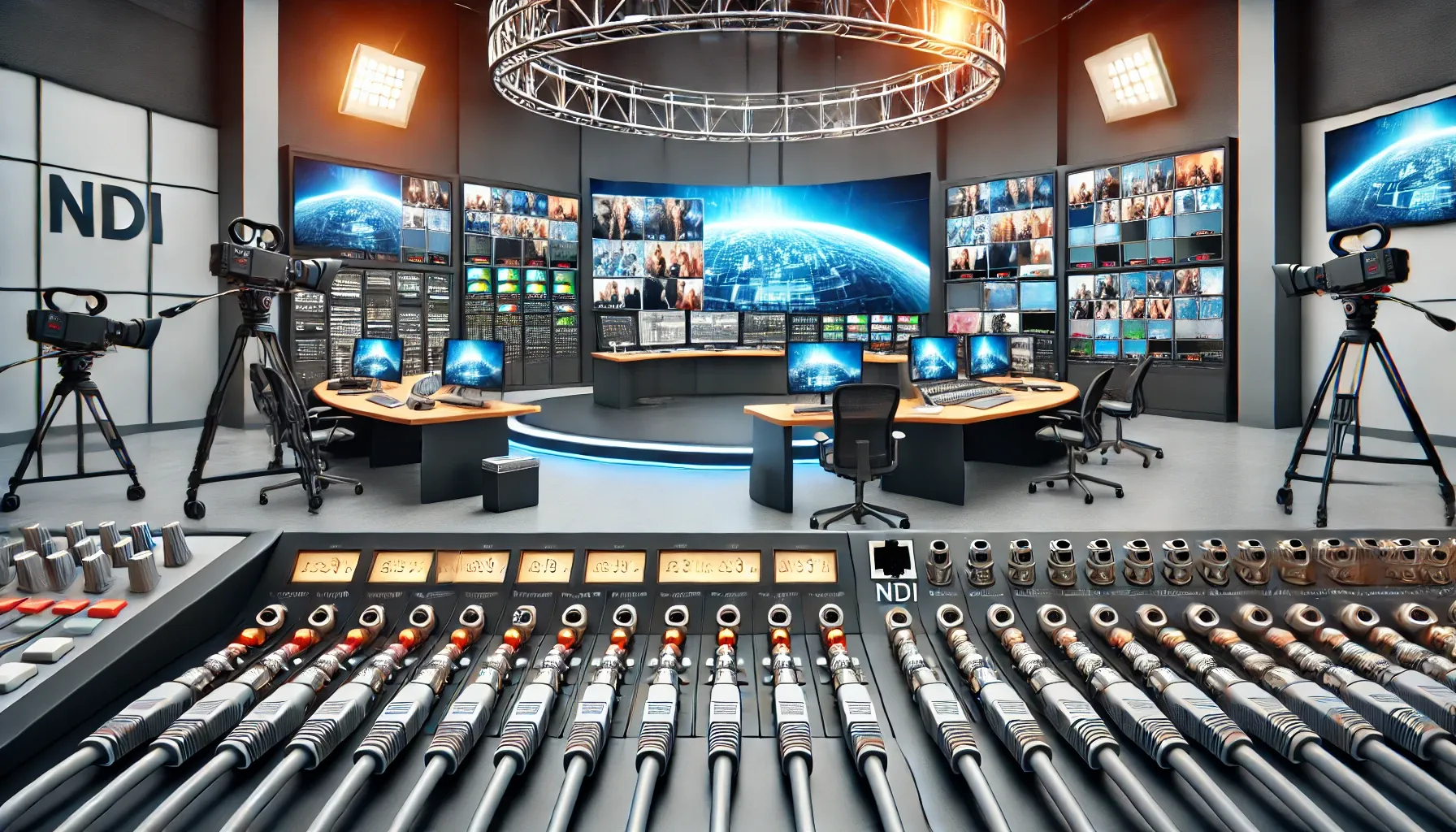Is NDI as good as SDI? A Comprehensive Comparison

In the world of professional video production, the debate between NDI (Network Device Interface) and SDI (Serial Digital Interface) has become increasingly relevant as technology advances. Both are integral to the broadcast and live streaming industries, but they serve different purposes and come with their own sets of advantages and challenges. This article delves into the intricacies of NDI and SDI, comparing their performance, reliability, and suitability for various applications.
Understanding NDI and SDI
SDI has been the gold standard for video transmission in professional settings for decades. Developed in the 1980s, SDI is a family of digital video interfaces standardized by SMPTE (Society of Motion Picture and Television Engineers). It transmits uncompressed, high-quality video over coaxial cables, making it ideal for environments where signal integrity and minimal latency are crucial.
NDI, on the other hand, is a more recent innovation introduced by NewTek in 2015. It enables video over IP (Internet Protocol), allowing video signals to be transmitted over standard Ethernet networks. NDI is designed to be more flexible and cost-effective, leveraging existing network infrastructure to facilitate video production workflows.
Comparing Performance
Video Quality:
SDI is known for its exceptional video quality due to its uncompressed nature. It delivers high-resolution video without any loss, making it the preferred choice for critical broadcast applications where quality is paramount.
NDI, while offering high-quality video, does employ some level of compression to make IP transmission feasible. This compression is generally minimal and can be visually lossless, but for ultra-high-end production, the difference might be noticeable.
Latency:
Latency is a crucial factor in live production. SDI typically has extremely low latency, often less than a frame, because it is a direct point-to-point connection. This makes it ideal for live broadcasts where real-time feedback is necessary.
NDI, while very efficient, can introduce slightly higher latency due to network transmission and compression. Advances in NDI technology have significantly reduced this latency, making it acceptable for most live production scenarios, but it still might not match the near-zero latency of SDI.
Reliability and Infrastructure
Reliability:
SDI is renowned for its reliability. It operates over dedicated coaxial cables, which are robust and less susceptible to interference. This makes SDI a dependable choice for mission-critical applications where consistent performance is essential.
NDI relies on IP networks, which can introduce variables such as network congestion and packet loss. The reliability of an NDI setup is highly dependent on the quality and configuration of the network. A well-designed network can provide excellent reliability, but it requires careful planning and management.
Infrastructure:
SDI infrastructure is straightforward but can be expensive and less flexible. Each connection requires a dedicated cable, which can lead to a complex and costly setup, especially in large installations.
NDI leverages existing Ethernet infrastructure, which is more flexible and scalable. It allows for easier integration of multiple devices and can significantly reduce cabling costs. This flexibility makes NDI attractive for smaller studios or situations where rapid reconfiguration is needed.
Cost and Scalability
Cost:
SDI equipment, including cables, routers, and converters, can be expensive. The cost is justified in high-stakes environments where performance and reliability are non-negotiable.
NDI, by using standard network equipment, can be more cost-effective. The ability to use existing network infrastructure reduces the need for specialized hardware, making it a budget-friendly option for many applications.
Scalability:
NDI excels in scalability. Adding new devices to an NDI network can be as simple as plugging them into an Ethernet switch. This ease of expansion makes NDI ideal for growing productions and dynamic environments.
SDI systems, while scalable, require additional hardware and cabling for each new connection, which can become cumbersome and costly as the system grows.
The choice between NDI and SDI depends largely on the specific needs and constraints of your production environment. SDI remains the benchmark for high-quality, low-latency, and highly reliable video transmission, making it indispensable in many traditional broadcast settings. However, NDI offers unparalleled flexibility, cost-effectiveness, and scalability, making it a compelling choice for modern, IP-based workflows.
As technology continues to evolve, the gap between NDI and SDI is narrowing. Advances in network technology and NDI protocols are pushing the boundaries of what is possible with video over IP, potentially making NDI a viable replacement for SDI in more applications. Ultimately, understanding the strengths and limitations of each will help you make an informed decision tailored to your production needs.
